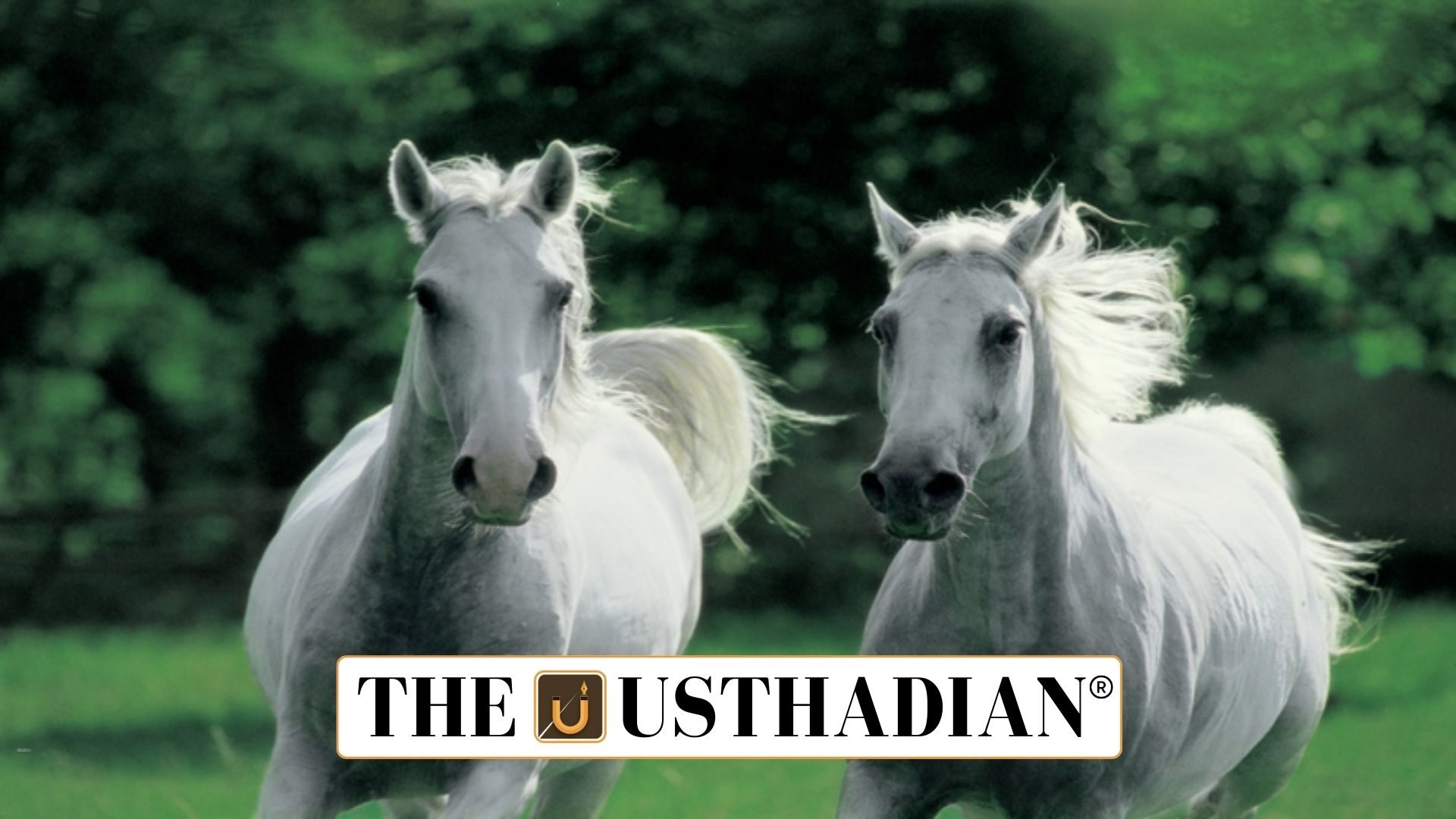Introduction
Revised National Strategy on Glanders 2025: The Department of Animal Husbandry & Dairying (DAHD) has rolled out the Revised National Action Plan on Glanders 2025. The programme emphasises tighter disease control, enhanced monitoring, and eventual eradication of glanders, a zoonotic threat impacting equine health and public safety. This updated framework is aligned with India’s commitment to One Health security and safeguarding the livestock economy.
Nature of the Disease
Glanders is triggered by the bacterium Burkholderia mallei. It primarily affects horses, donkeys, and mules, but can also transmit to humans. Spread occurs through contact with infected secretions, feed, water, or contaminated tools. In untreated cases, mortality is extremely high.
The disease is listed as notifiable under the Prevention and Control of Infectious and Contagious Diseases in Animals (PCICDA) Act, 2009. Globally, it has been wiped out in most countries but sporadic outbreaks continue in parts of Asia, Africa, and the Middle East.
Static GK fact: The PCICDA Act, 2009 enables the central government to enforce mandatory disease reporting and control measures across states.
Updated Zoning Measures
The plan reduces the infected area radius from 5 km to 2 km and redefines the surveillance belt as 2–10 km instead of the earlier 5–25 km. Animal movement restrictions are limited to 10 km around infected spots, ensuring control efforts remain focused while avoiding unnecessary disruption in unaffected zones.
Stronger Surveillance
Regular testing of equines in high-risk and endemic areas is mandatory under the revised strategy. The initiative promotes advanced diagnostic tools and increased field inspections for quicker identification of cases. This ensures timely reporting and prevents outbreaks from escalating.
Static GK fact: India has one of the largest donkey populations in Asia, used mainly in transport and agriculture-linked activities.
Quarantine and Mobility Rules
The action plan enforces strict quarantine in affected regions. Any movement of equines out of these areas requires certified clearance. These rules apply particularly at animal fairs, pilgrimages, and interstate trade routes to reduce the possibility of long-distance disease spread.
Response System
Standard Operating Procedures (SOPs) are laid out for immediate isolation and containment of positive cases. Humane treatment of animals is prioritised, while state veterinary authorities are tasked with rapid execution of these emergency steps.
Training and Skill Development
Veterinarians, para-veterinarians, and ground-level staff undergo training in symptom recognition, biosafety, and case management. Skill-building initiatives strengthen frontline defences and ensure uniform implementation of disease protocols across states.
Awareness and Community Role
Awareness drives are targeted at horse owners, breeders, and local communities to encourage early disease reporting and cooperation. Public engagement is recognised as essential for breaking the transmission cycle.
Role of Research and Laboratories
The plan establishes close collaboration with the ICAR–National Research Centre on Equines (NRCE), Hisar. The focus includes diagnostic innovation, epidemiological research, and data-driven policy. Research partnerships improve both preparedness and future control measures.
Static GK Tip: The Indian Council of Agricultural Research (ICAR) was founded in 1929 and functions under the Ministry of Agriculture and Farmers’ Welfare.
Static Usthadian Current Affairs Table
Revised National Strategy on Glanders 2025:
| Topic | Detail |
| Launch year of Revised Plan | 2025 |
| Implementing authority | Department of Animal Husbandry & Dairying (DAHD) |
| Disease covered | Glanders |
| Causative agent | Burkholderia mallei |
| Affected species | Horses, mules, donkeys (zoonotic risk to humans) |
| Governing legislation | PCICDA Act, 2009 |
| Infected zone radius | Reduced from 5 km to 2 km |
| Surveillance zone | Revised to 2–10 km |
| Research institute partner | ICAR–National Research Centre on Equines, Hisar |
| Global status | Eradicated in many nations, sporadic cases in Asia, Africa, Middle East |








